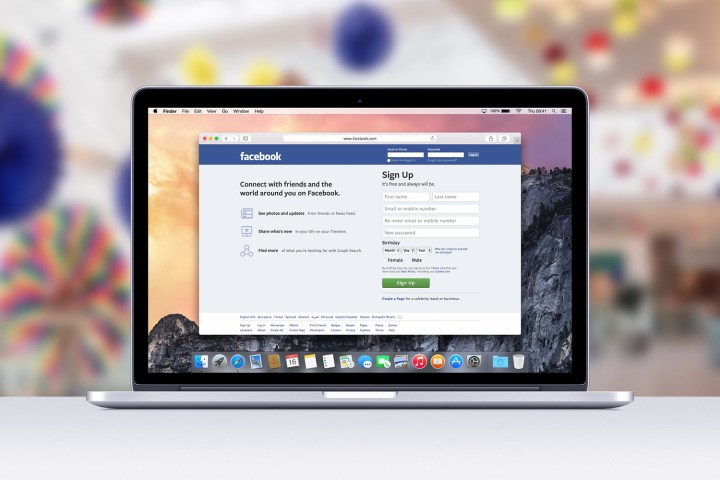
Despite launching a web version of its Messenger app in April 2015, Facebook stuck to its legacy messaging system on its flagship platform. That’s now changing, with users spotting the new interface in the United States, Europe, and New Zealand.
Before discussing Facebook’s reasoning behind the change, let’s take a quick glance at what the update offers that the legacy system lacked. The first design change you’ll notice if you have access to the new interface is the Messenger icon where the old speech box icon for messaging used to be on Facebook. Click on it, and you’ll be given the option to view all your messages in Messenger — this takes you to the new-look inbox. There you’ll find all your chats organized neatly below the search bar on the left sidebar, with the most recent selected.

On the right sidebar are a number of new customization options, including the ability to change the conversation’s color, edit nicknames, change the emojis that can be used, and to mute notifications, and search within the chat thread. It’s not exactly revolutionary, but it does add a playful element to the conversation. The same sidebar also lets you easily access the recipient’s Facebook profile, and your shared photos. Alongside the new options, you’ll have the ability to make voice and video calls, and access all the settings that were available in the past.
Although Facebook has not officially announced the change itself, Messenger head David Marcus did refer to the update in the comments section of a post (as noted by TechCrunch). As it turns out, the
Acknowledging the criticisms, Marcus writes: “We basically want to satisfy the ask of harmonizing the user experience and the capabilities of Messenger across all platforms.” He adds the main requests people have is to change the formatting of paragraphs in longer messages in conversation threads, improve how search works, filter messages by “unread,” and improve photo sharing and consumption.
In terms of future updates to the Messenger platform, Marcus didn’t give too much away. The Facebook exec said the app would be building on Messenger’s wealth of lifestyle tools including bots, payments, and m-commerce. Users can also expect more Snapchat-style visuals for its main camera (launched late last year).
Editors' Recommendations
- What does a check mark mean on Facebook Messenger?
- How to get your share of Facebook’s $750M settlement
- Your Facebook account could get multiple profiles for different interests
- Why copy and paste on the web are about to get magical
- Facebook’s Messenger and WhatsApp saw record usage on New Year’s Eve


